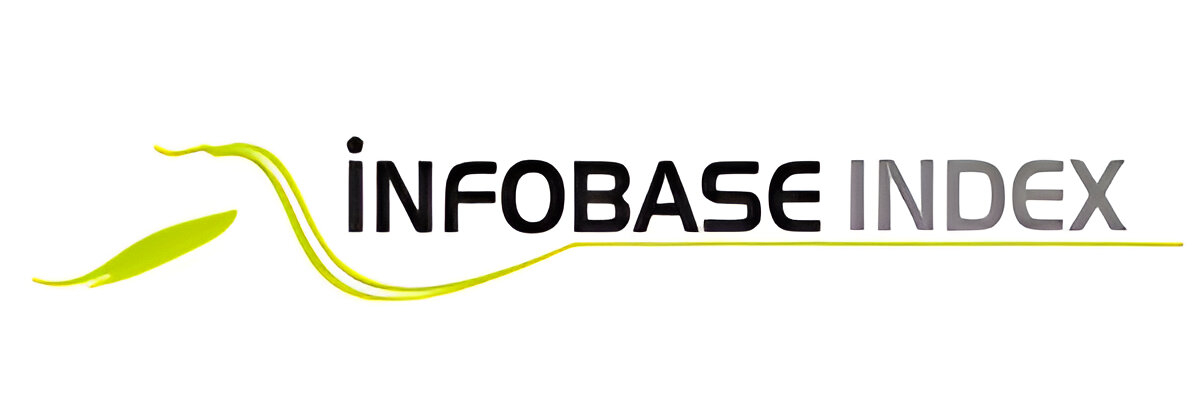SWARM OPTIMIZATION BASED RADIO RESOURCES ALLOCATION FOR DENSE D2D COMMUNICATION
Abstract
In Device to Device (D2D) communication two or more devices communicate directly with each other in the
inband cellular network. It enhances the spectral efficiency due to cellular radio resources (RR) are shared
among the cellular users and D2D users. If the RR sharing is not legitimate properly, it causes interference and
inefficient use. Therefore, management of RR between cellular users and D2D users is required to control the
interference and inefficient use of RR. In D2D enabled cellular network, D2D users have a good signal to noise
ratio (SNR) compared with cellular users due to the short distances and dedicated path. Usually, solving such a
problem is challenging and requires specific methods due to the major shortcomings of the traditional
approaches, such as exponential computation complexity of global optimization, no performance optimality
guarantee of heuristic schemes, and large training time and generating a standard dataset of machine learning
based approaches. Whale optimization algorithm (WOA) has recently gained the attention of the research
community as an efficient method to solve a variety of optimization problems. As an alternative to the existing
methods, our main goal in this article is to study the applicability of WOA to solve resource allocation problems
in wireless networks. First, we present the fundamental backgrounds and the binary version of the WOA as well
as introducing a penalty method to handle optimization constraints. Then, we demonstrate three examples of
WOA to resource allocation in wireless networks, including power allocation for energy-and-spectral efficiency
tradeoff in wireless interference networks, power allocation for secure throughput maximization, and mobile
edge computation offloading. The algorithm determines the required RR on the request of D2D users following
the indicator variable. It enhances the capacity (Bit/Hz), overall system throughput and spectral efficiency with
respect to sub-carriers in OFDMA networks. The performance of the proposed algorithm is evaluated via
MATLAB.











